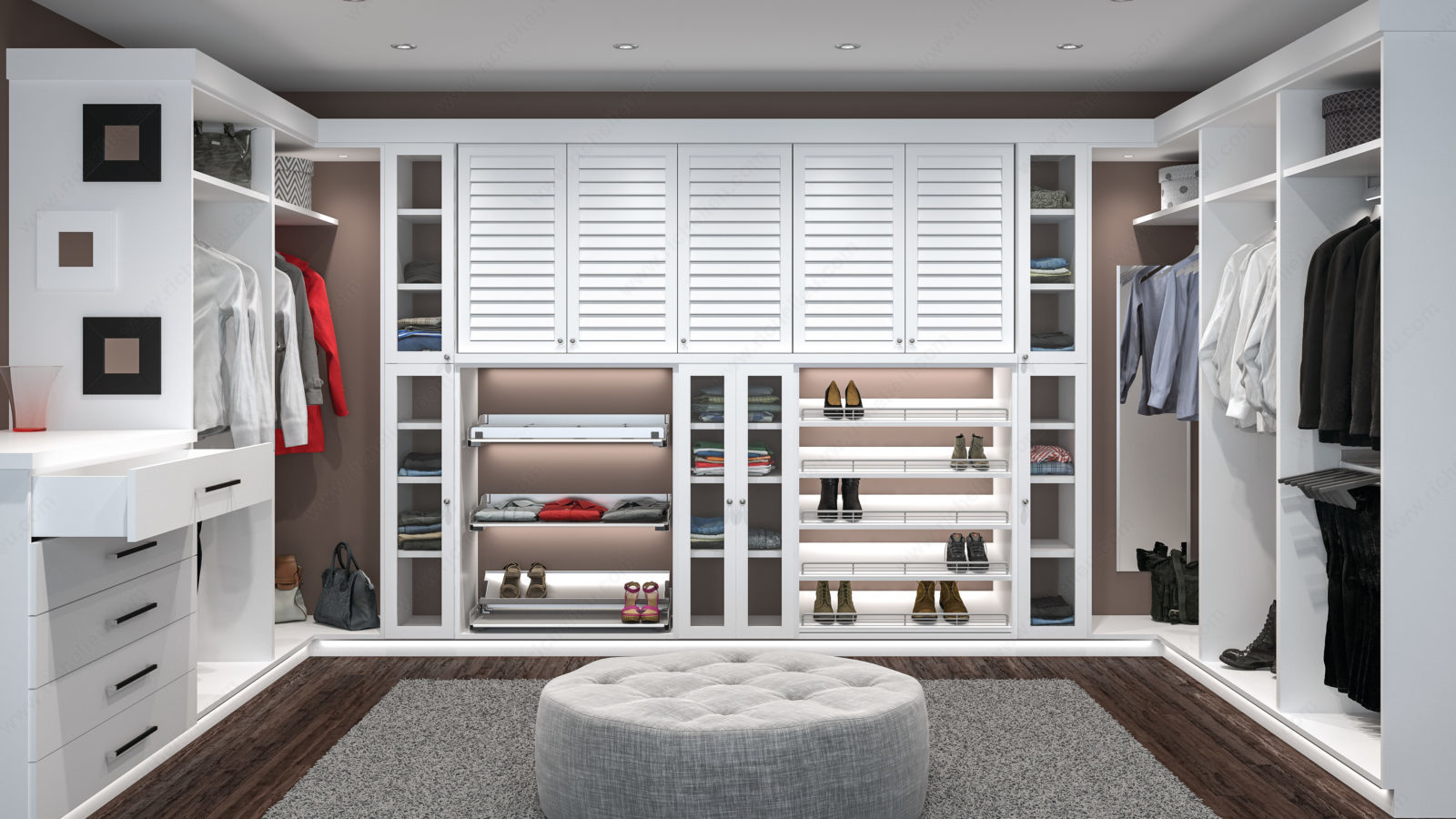Dream Closets Can Come True:
How to Build Beautiful and Functional Closets
A closet is more than just for storing clothes. It is a sanctuary of the blissfully organized. It’s where the day begins and ends. Peace of mind comes with knowing that everything has its place and is easy to find when needed. You can design an efficient and organized closet space that maximizes storage and fits with any lifestyle and taste. A closet is a very personal space and how it is used depends on the lifestyle and habits of the end user. Smart custom closet design can save time when innovative solutions are included to help streamline the process of getting dressed.
Whether you’re building a reach-in or a walk-in closet from scratch or renovating an existing space, there are some key elements that need to be considered to satisfy the needs of end users. How the space will function, will help determine the best design for a new closet space in addition to how much storage is actually needed, and how that space will be used on a day-to-day basis.
Learn how you can create beautiful and stylish spaces that offer flexibility for maximum versatility.
Take inventory
As you plan to build your closet space, take inventory of the items to be stored in the closet. This will help to determine which elements such as rods, shelves and other accessories to include in the design. Some people may have a large number of shoes, accessories, sweaters or dresses. Each different type of item requires thought into how it is to be stored. Reducing clutter will be helpful in determining the amount of space needed for all the items. In the end, the best closet designs should be flexible to the end user’s needs, customizable to the taste of the homeowner and maximize the total available space.
Measure and plan the layout
Measure the height, width and depth of the space before planning out the layout to know what you have to work with. It may be useful to indicate where there are access panels, studs and utilities if any. Also, in some cases, the walls may not be completely square. We recommend taking the measurements at three different heights and work with the smallest one so you know everything will fit.
Understand the dressing ritual
Maximizing vertical space is key in a closet and provides as much functionality as possible. Shelves, closet rods, drawers, valet rods and other accessories can help to keep all the items organized and easy to find.
Plan the space of the most frequently worn clothing items first. Allow plenty of space to fit everyday wardrobe items such as blouses, shirts, skirts and pants with a combination of hanging rods and drawers that will act as your main hub when getting dressed. These should be at eye level and at an easily reachable height. As a rule of thumb, you’ll want to use weight appropriate hardware as the weight of each article of clothing can add up.
On either side of this space, you’ll need shelves for folded sweaters and other items such as handbags and shoes, closet rods for hanging longer clothes, drawers for your unmentionables and accessories for shoes, hats, belts, ties and jewelry.
Shelving at the very top of the rods can be used for storing least-used items such as season items, while shelving at the bottom can be for shoes and other lesser-used items.
















